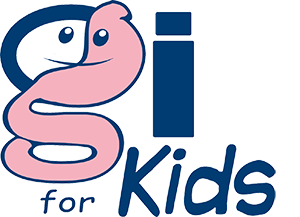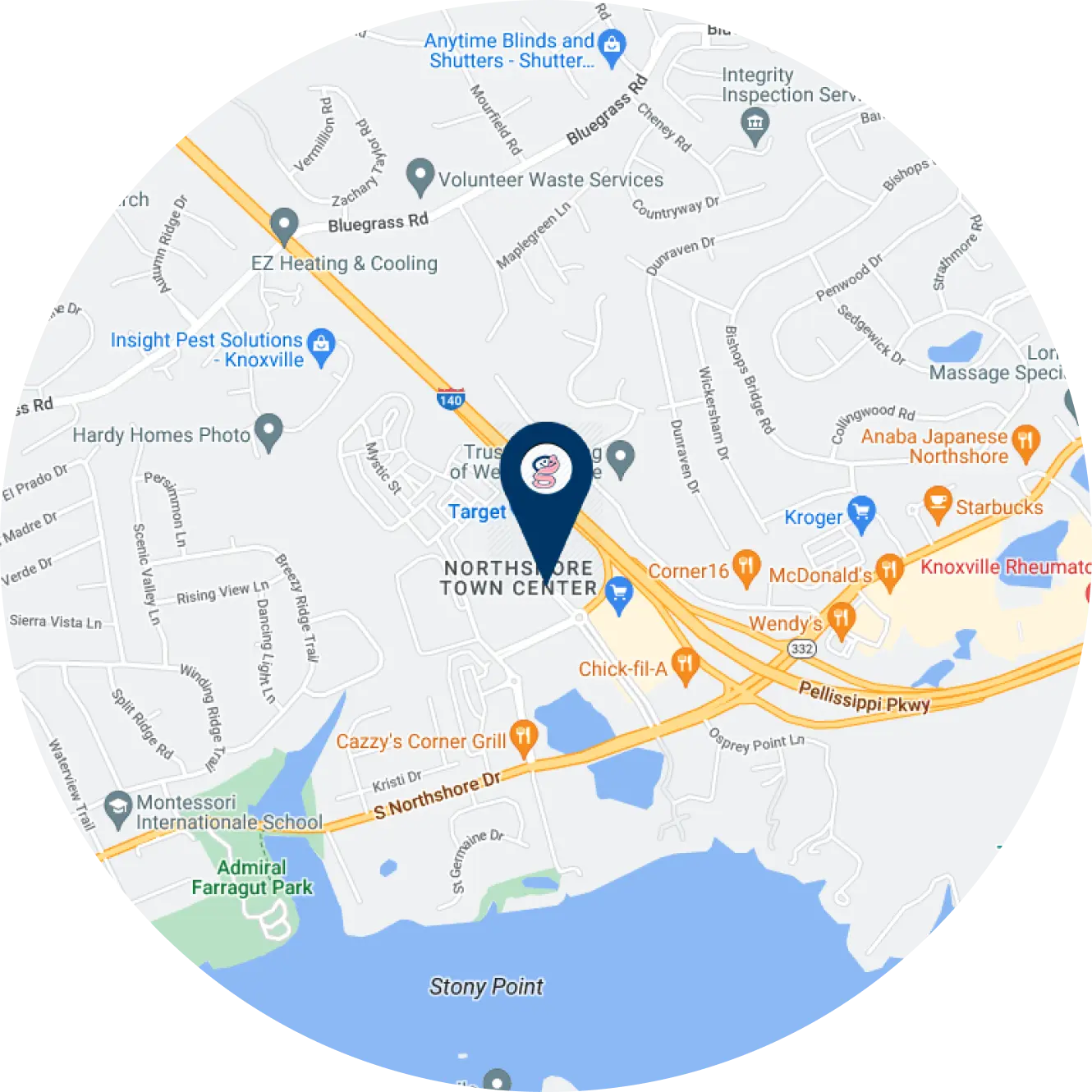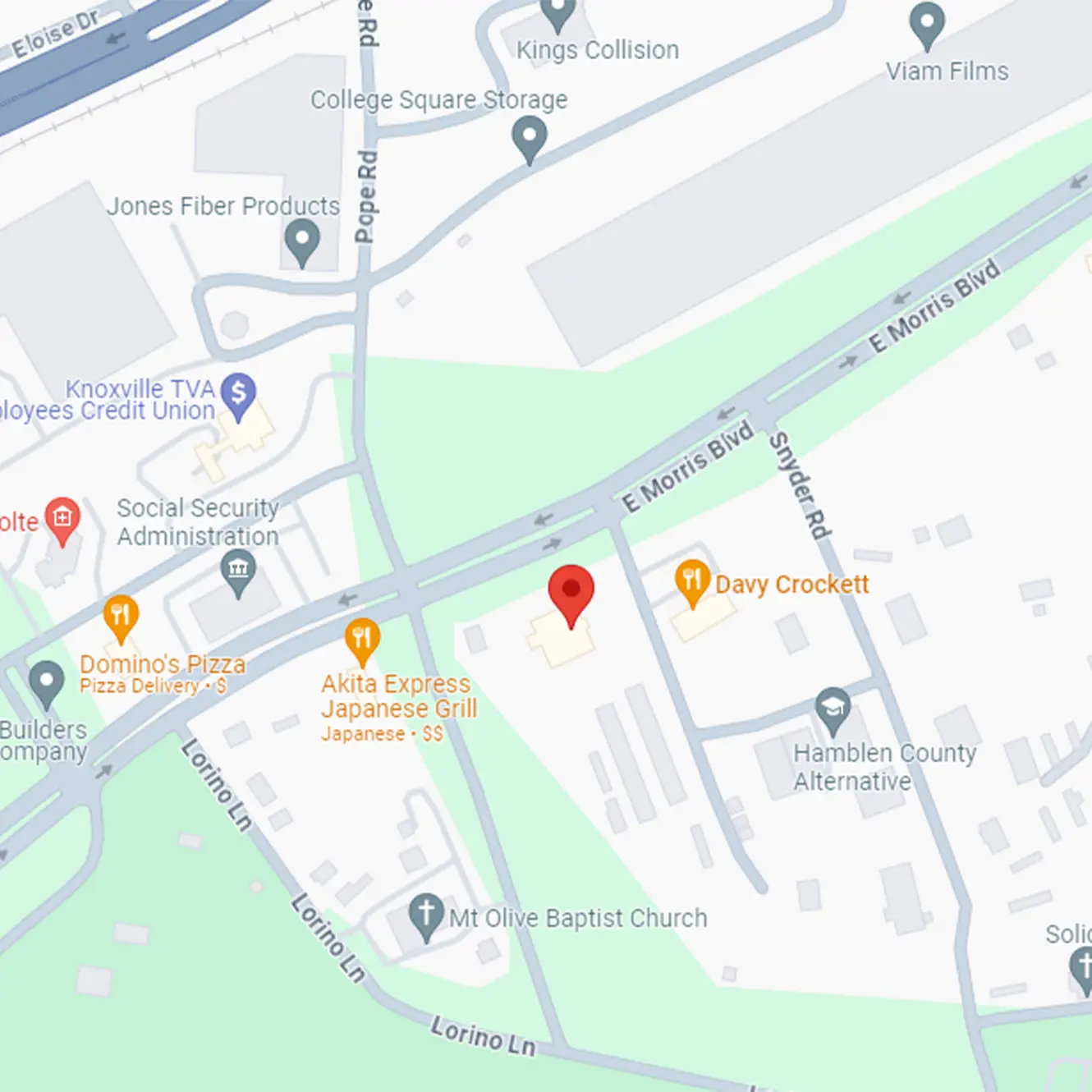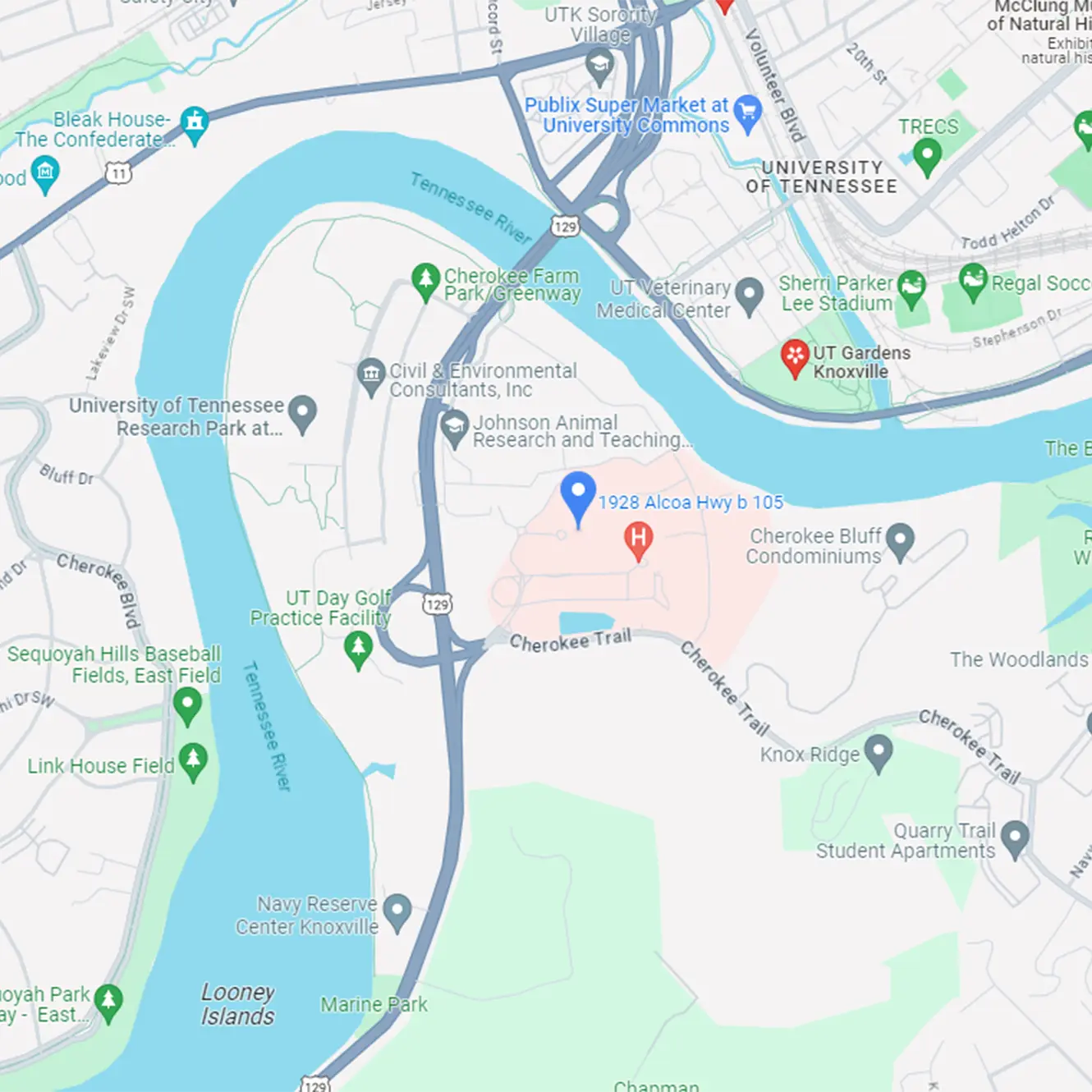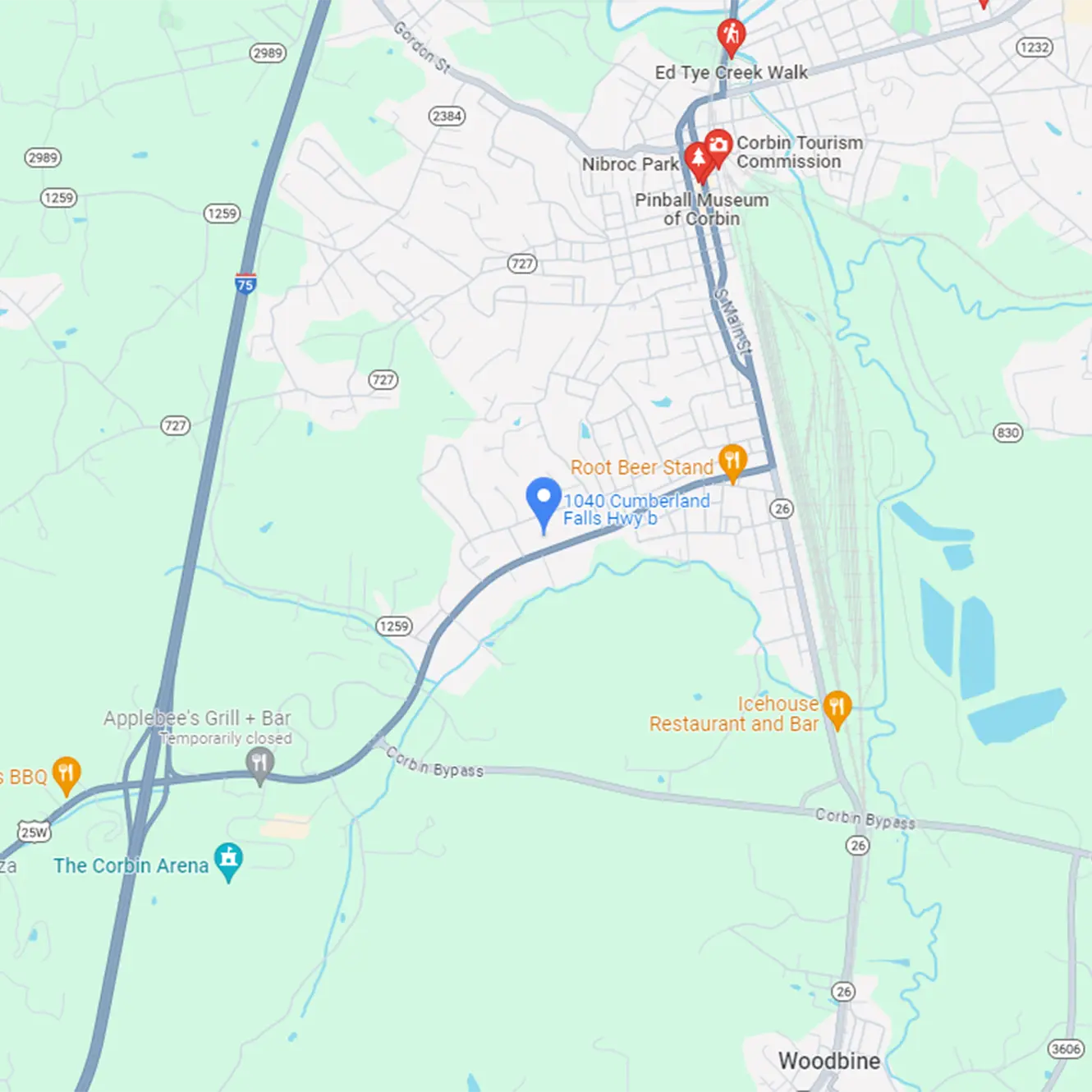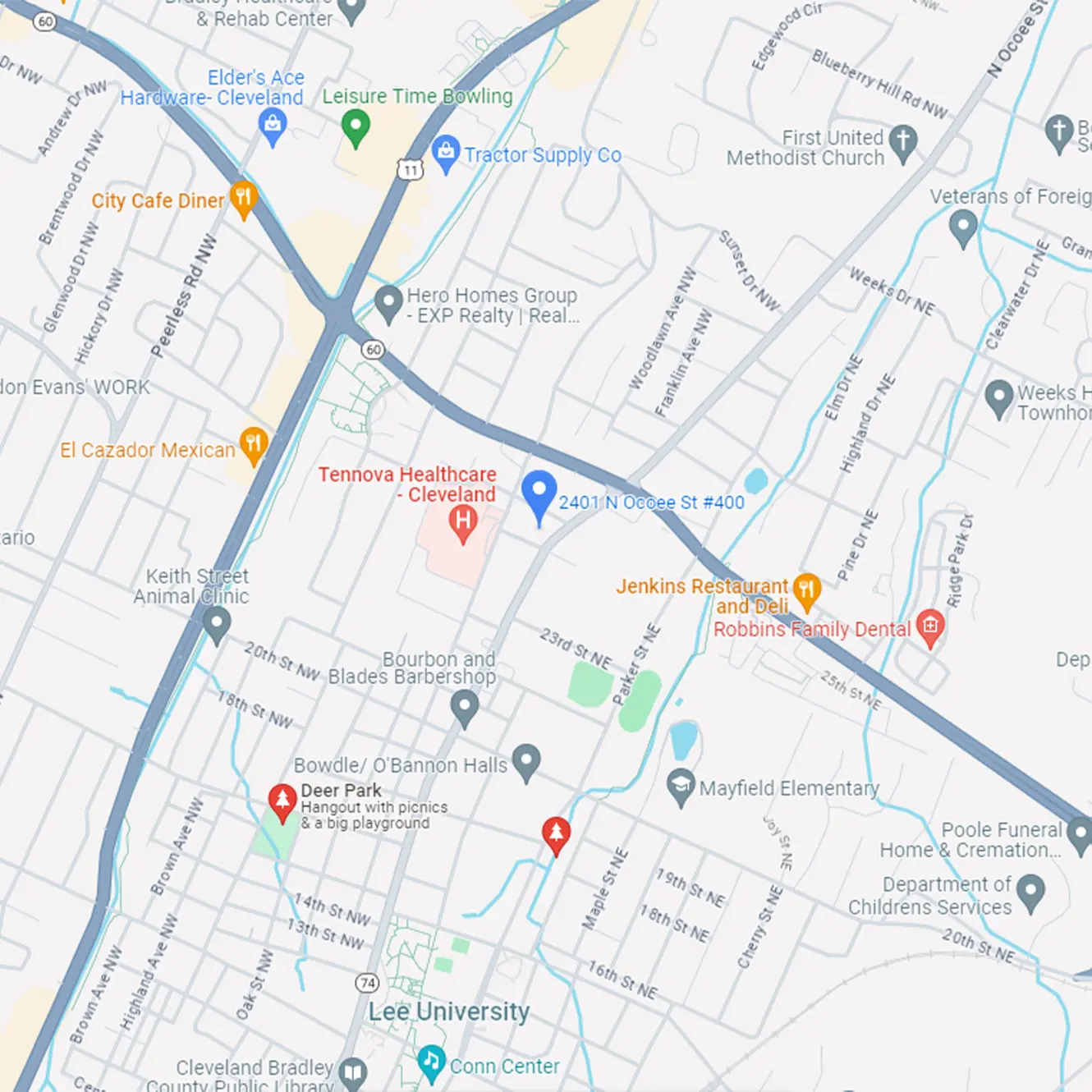What is Transoral Incisionless Fundoplication (TIF)?
TIF is an endoscopic procedure that fixes the lower esophageal sphincter and improves the symptoms of gastroesophageal reflux.
TIF is often combined with a surgical repair of a diaphragmatic hernia and this is called a combined TIF (cTIF).
Who is TIF / cTIF for?
A gastroenterologist may recommend TIF to treat a patient who has GERD when medications are ineffective or for patients who desire to discontinue long-term medication use.
Patients with a hiatal hernia will require heartburn medications until the hernia is repaired. cTIF can be a good option for repairing this.
What is the difference between the TIF Procedure and Nissen Fundoplication?
TIF avoids many of the side effects a person may encounter after a Nissen fundoplication. TIF is designed to recreate a normal, healthy valve within the stomach but a Nissen fundoplication involves twisting the top of the stomach around itself. Unlike TIF, Nissen fundoplication is commonly associated with several long-term symptoms including:
Trouble swallowing
Inability to belch
Inability to vomit
Difficulty eating (this can last for several months)
Bloating
cTIF can be used to repair a failed Nissen fundoplication.
What happens during the TIF/cTIF procedure?
Your gastroenterologist will work with a surgeon to plan and perform your procedure.
Our physicians perform TIF/cTIF at the University of Tennessee Medical Center.
While you are under anesthesia, your physician will access the stomach through your mouth using a flexible, camera equipped endoscope. The EsophyX® device is inserted over the endoscope and this enables your physician to gently fold the lower esophagus back into a normal position and is secured using small fasteners. Your body will heal around these fasteners. If your physician determines you have a hiatal hernia, then laparoscopic surgical hernia repair may be recommended (cTIF). These procedures can be performed together and will take about 90 minutes.
What is the recovery after the TIF procedure?
After the procedure, you will likely go home but you may stay in the hospital overnight.
You may need to take prescribed medications.
It is important to adhere to a strict diet for six weeks to allow your body to heal and form a strong valve.
You will gradually discontinue PPIs and other GERD medications.
You will avoid strenuous physical activity including heavy lifting for six weeks.
What is the TIF procedure success rate?
TIF has a proven success record with over 25,000 cases being performed. Less than 1% of patients experience issues during or after the procedure, such as a tear or bleeding. As many as 89% of patients can completely stop taking PPI medicine. TIF patients experience improved quality of life related to reduction in heartburn.
TIF Procedure Complications, Risks and Side Effects:
Transoral incisionless fundoplication is very safe. There is a slight chance of bleeding, but side effects are usually minor and temporary and can include:
Sore throat
Shoulder pain
Chest pain
Temporary difficulty swallowing solid food

